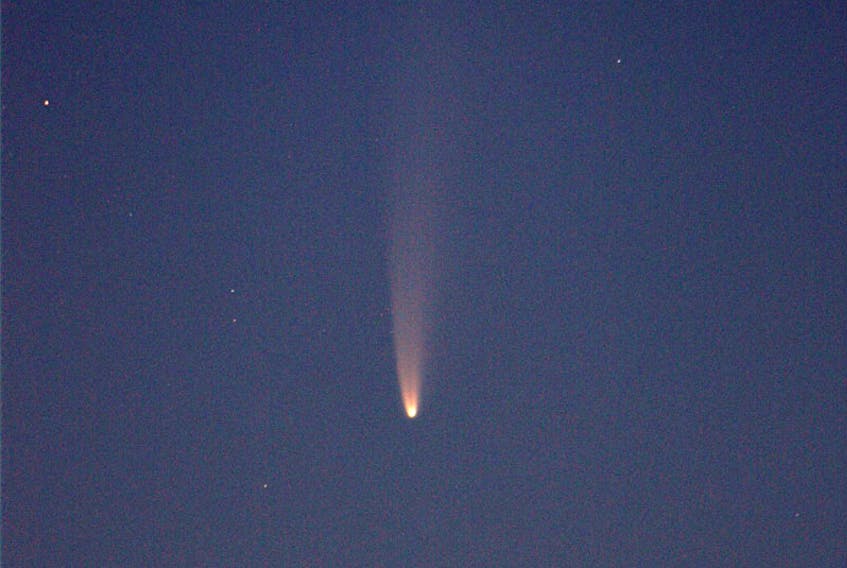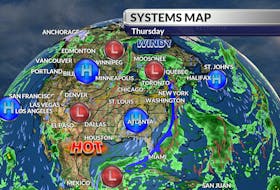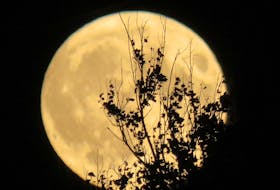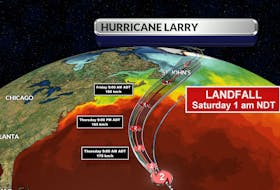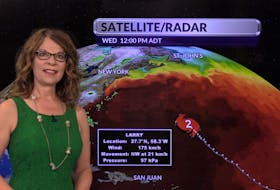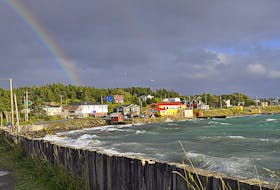If you’ve been paying attention to the news lately, you are most likely familiar with the word “NEOWISE.” If not, let me introduce you:
NEOWISE is the name of a comet that was discovered in March 2020. This comet is visiting from the most distant parts of our solar system and for the next couple of weeks, could put on quite a show. The comet made its once-in-a-lifetime close approach to the Sun on July 3 and will cross outside Earth's orbit on its way back to the outer parts of the solar system by mid-August.
On July 22, the comet will reach its closest point to Earth — a distance of 103 million kilometres — but because comets can be unpredictable, a little like the weather, experts are not sure that it will still be visible to the naked eye.
For the last few days, NEOWISE has been visible an hour before sunrise, very low in the northeastern sky. As of Sunday, the comet will be visible in the evening as well. About an hour after sunset, it will appear near the northwestern horizon. As the month goes on, it will rise higher in the sky, moving toward the Big Dipper. Right now, the comet is visible to the naked eye, but a good pair of binoculars would offer a better view. In very dark skies, you should be able to spot a nucleus and get a pretty good look at the fuzzy comet and its long, streaky tail.
Its name, in fact, is an acronym. The comet was discovered by NASA’s Near-Earth Object Wide-field Infrared Survey Explorer or NEOWISE.
From its infrared signature, experts have discovered that the icy visitor is about five kilometres in diameter. It has a nucleus that is covered with sooty, dark particles left over from its formation near the birth of our solar system about 4.6 billion years ago.
After this encounter, astronomers expect Comet NEOWISE to bid farewell for quite some time. Its long, looping orbit around our star will bring it back to Earth's vicinity more than 6,000 years from now.
- Want more weather information? Visit your weather page.
- Have a weather question, photo or drawing to share with Cindy Day? Email [email protected]
Cindy Day is the chief meteorologist for SaltWire Network

